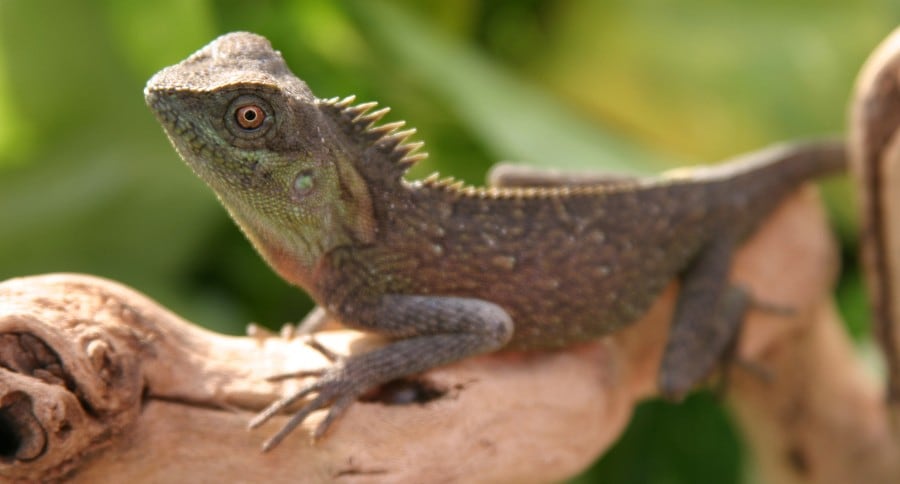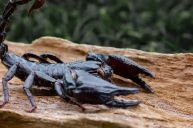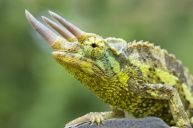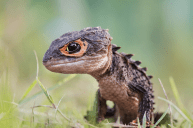If you're looking for a docile and calm pet, the mountain horned lizard might be a great option. These lizards make great pets as long as they receive proper care and socialization, and they take up minimal space.
You'll need to do your research before bringing home one of these lizards, because like most reptiles, they have specific temperature and environmental needs. However, your mountain horned lizard can live for years and can provide you with entertainment and companionship during that time.
The Origin of the Mountain Horned Lizard
According to LLL Reptile, the mountain horned lizard is a tropical tree-dwelling lizard from Southeast Asia and the Malay Peninsula and surrounding islands. They're found in areas including Burma, Thailand, Cambodia, and South Vietnam.
They spend their time in the humid treetops of jungles and rain forests, waiting for insects to prey on. Sometimes called Mountain Horned Dragons, these lizards are captured in Asia and frequently shipped across the country to live as pets. They do well in captivity and private breeding programs have also increased the number of pet lizards available in the pet trade.
Mountain Horned Lizard Characteristics
According to Exotic Pets, when the mountain horned lizard is fully grown, it measures about 12" from its snout to its vent. These lizards usually have a greyish color accented by red or orange markings, though some lizards have more of a yellow hue. Color variations occur between each lizard. You'll also notice some large spines on the back of the neck and smaller spines that run down toward the tail.
These extremely docile reptiles spend most of their time relaxing, motionless, and when threatened will run to the ground and hide until the threat has disappeared. In captivity they can be expected to live for 5-8 years.
Mountain horned lizards make great pets because of their calm nature, but they need to be handled appropriately as hatchlings to develop trust and tolerance toward their handler. Once they know and trust you, they will be content perched on your shoulder for hours.
Caring for the Mountain Horned Lizard
These lizards feast mainly on insects and occasionally fish, but their diet needs to be varied. While insects from pet shops are acceptable, they also need a lot of variation to provide sufficient nutrients. Reptiles Magazine states that these lizards eat almost any kind of insect, including mealworms, crickets, earthworms, roaches, wax worms, silkworms, and more. These lizards like to eat during the daylight hours.
Mountain horned lizards do best in a cooler, humid enclosure like a terrarium with a bed of soil or mulch. A temperature of 80 degrees F during the day is ideal, with a basking spot of 90 degrees F and nighttime temperatures dipping into the low 70s.
They also need UVB rays from a UVB light and a misting system or frequent hand misting times during the day. Your lizard should also have a large water bowl or water dish to soak in to keep their humidity level between 60-80%. This helps to keep the lizard hydrated and prevents skin shedding problems.




